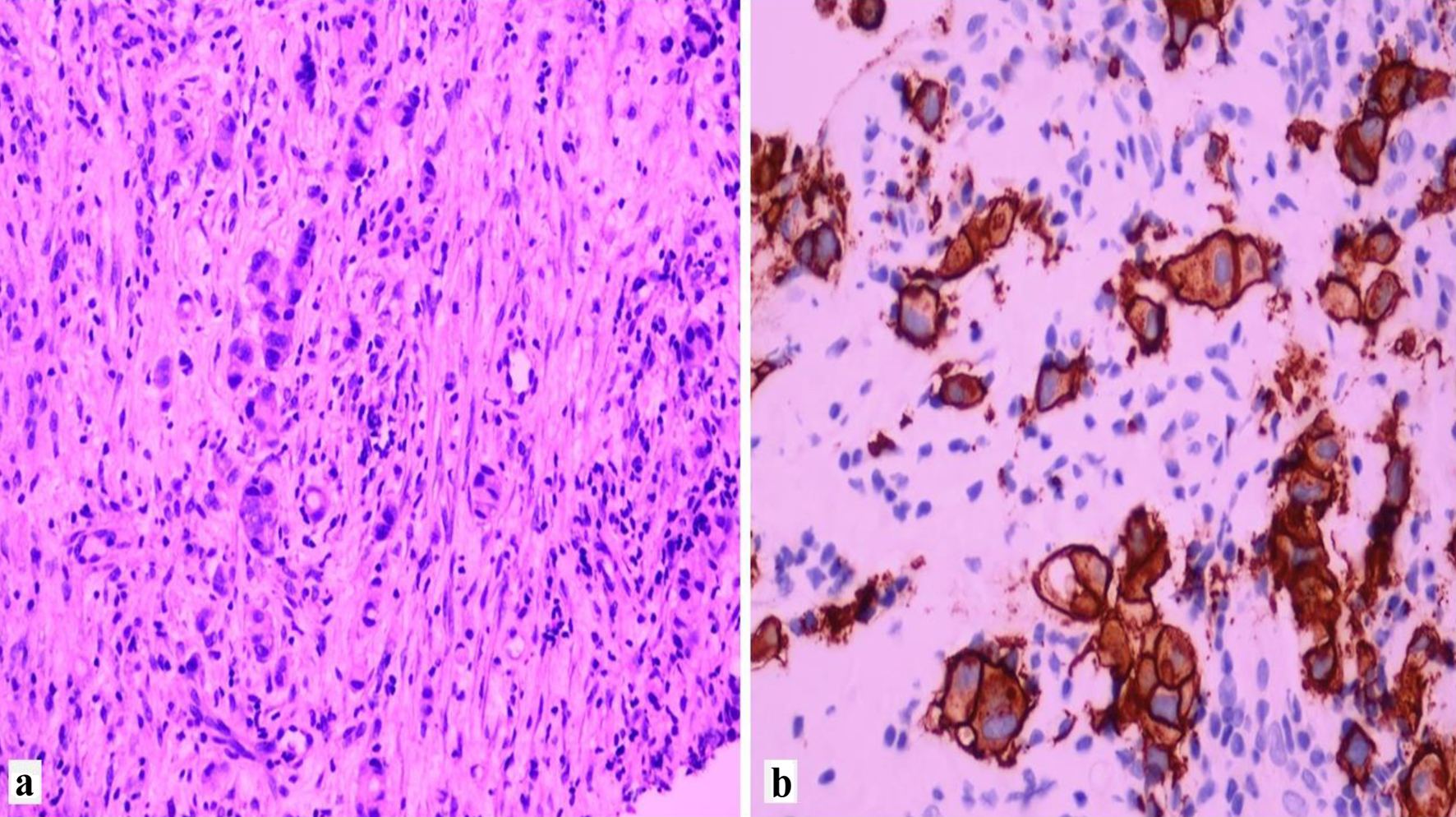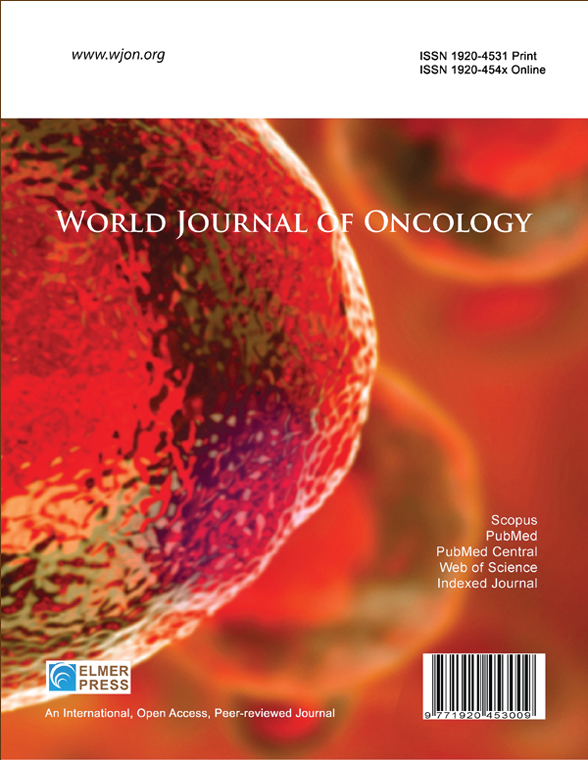Clinicopathological Features of HER2 Expressing Lobular Carcinoma of Breast
DOI:
https://doi.org/10.14740/wjon2588Keywords:
Invasive lobular carcinoma, Breast cancer, HER2 overexpression, Pleomorphic features, Hormone receptors, PrognosisAbstract
Background: Invasive lobular carcinoma (ILC) accounts for approximately 10% of invasive breast carcinomas and is the most common special subtype. Most ILCs express estrogen receptors (ERs) and progesterone receptors (PRs) but typically lack ERBB2 (human epidermal growth factor receptor 2 (HER2)) overexpression. HER2-positive ILC is rare, understudied, and often linked to aggressive clinical and histopathologic features. This study aimed to examine the clinicopathologic characteristics of HER2-positive ILC to ensure proper classification and management.
Methods: A retrospective review was conducted on 48 cases, including 28 HER2-positive ILC and 20 pleomorphic invasive lobular carcinoma (p-ILC) cases without HER2 overexpression. Histological features assessed included nuclear pleomorphism, signet ring cell morphology, and apocrine features. Hormone receptor status and clinical outcomes were also analyzed.
Results: All HER2-positive ILC cases exhibited at least one pleomorphic histological feature. Hormone receptor positivity was lower in HER2-positive ILC compared to p-ILC without HER2 overexpression. However, overall survival did not significantly differ between the two groups.
Conclusion: HER2 overexpression in ILC is frequently associated with pleomorphic features. p-ILC, regardless of HER2 status, portends a worse prognosis. Identifying these features in HER2-positive ILC and classifying them as pleomorphic lobular carcinoma, a more aggressive ILC variant, is crucial for closer patient follow-up.

Published
Issue
Section
License
Copyright (c) 2025 The authors

This work is licensed under a Creative Commons Attribution-NonCommercial 4.0 International License.









